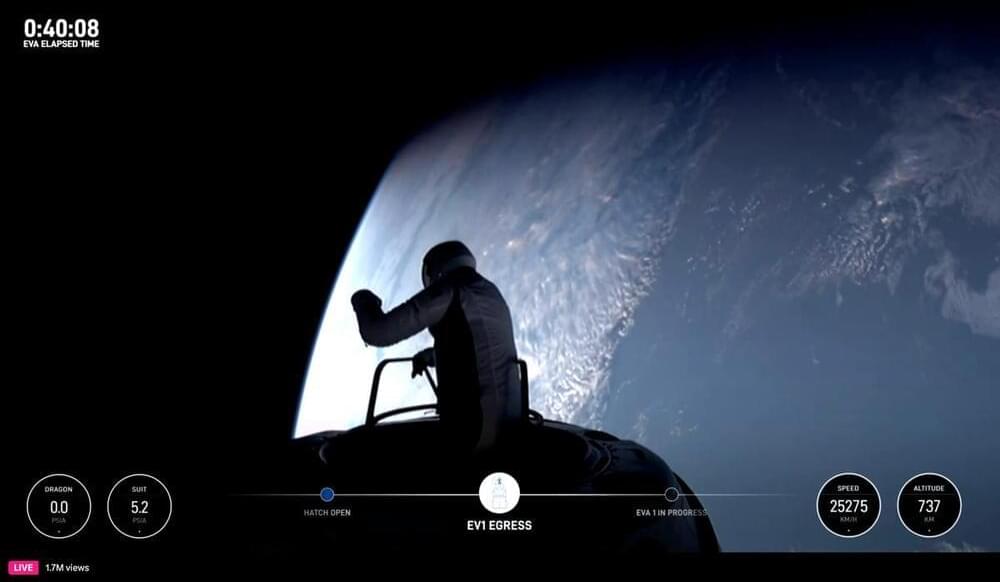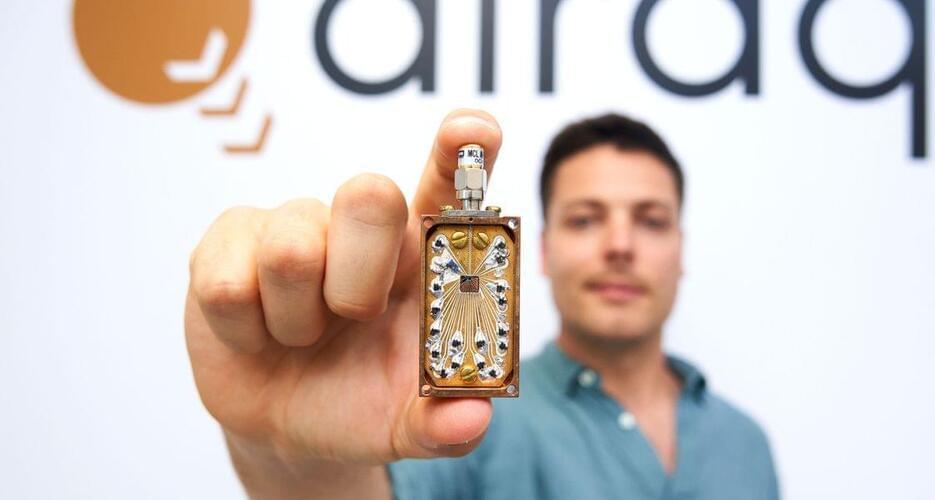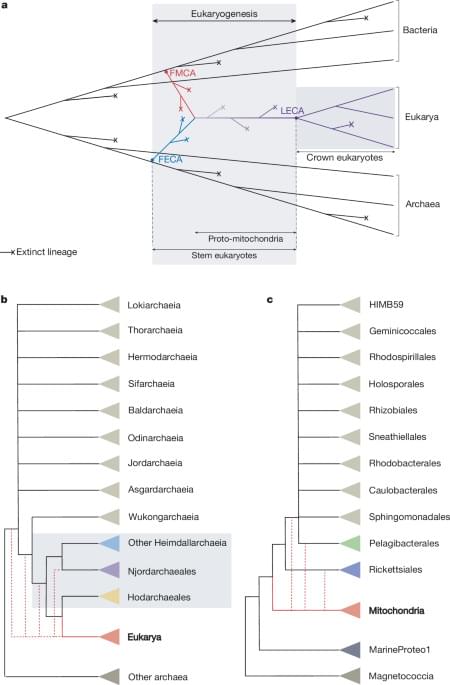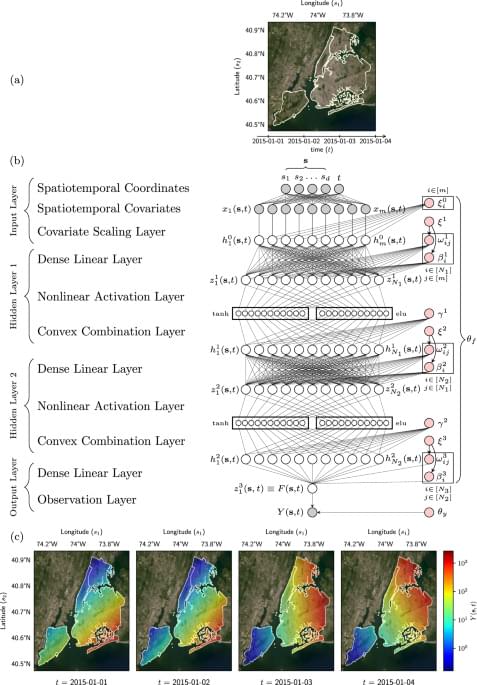What if everything we know about time is merely an illusion? Could find a way out of it, by breaking the construct of how the universe progresses? And so, would it be possible to break the natural flow of time?
If you’d like to see more of this kind of video, consider supporting our work by becoming a member today!
Follow us on Instagram: / beeyond.ideas.
Visualization of the Gödel universe.
https://iopscience.iop.org/article/10…
Miguel Alcubierre TEDx talk (in Spanish)
• VIAJAR A UNA ESTRELLA LEJANA Y REGRES…
Table of content:







